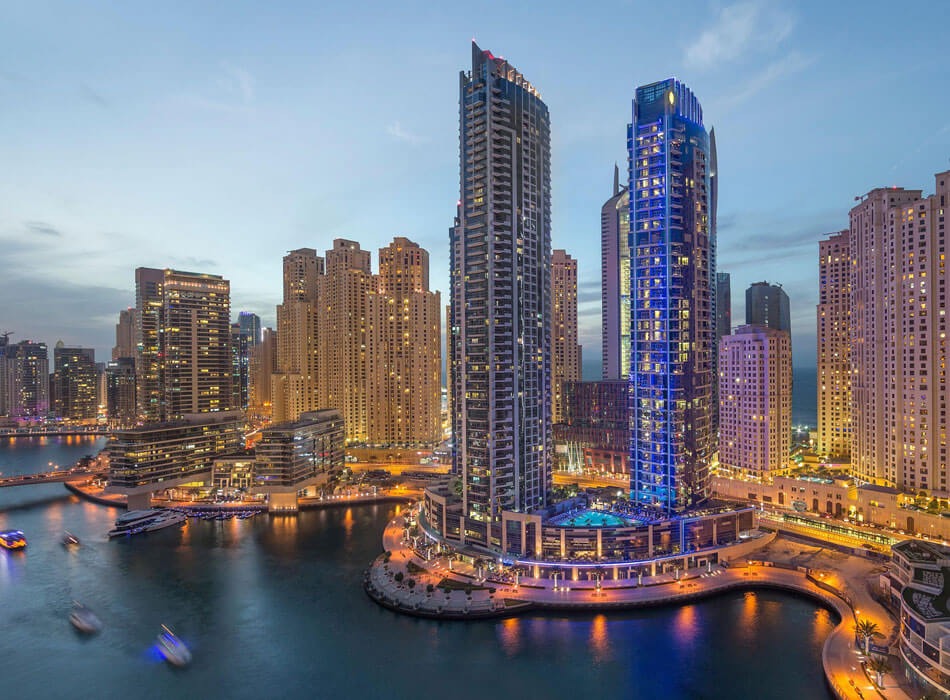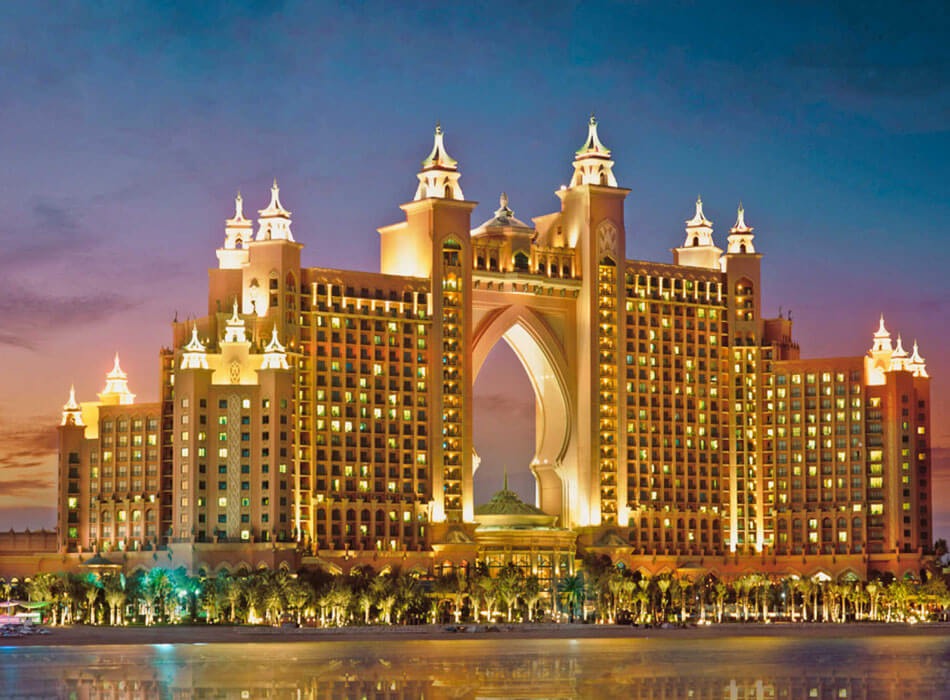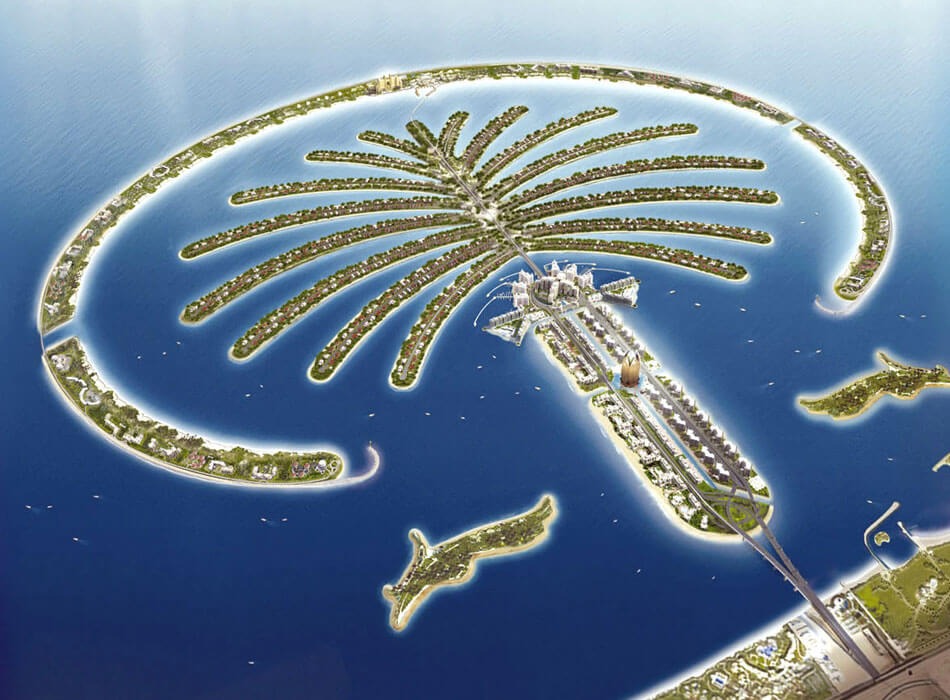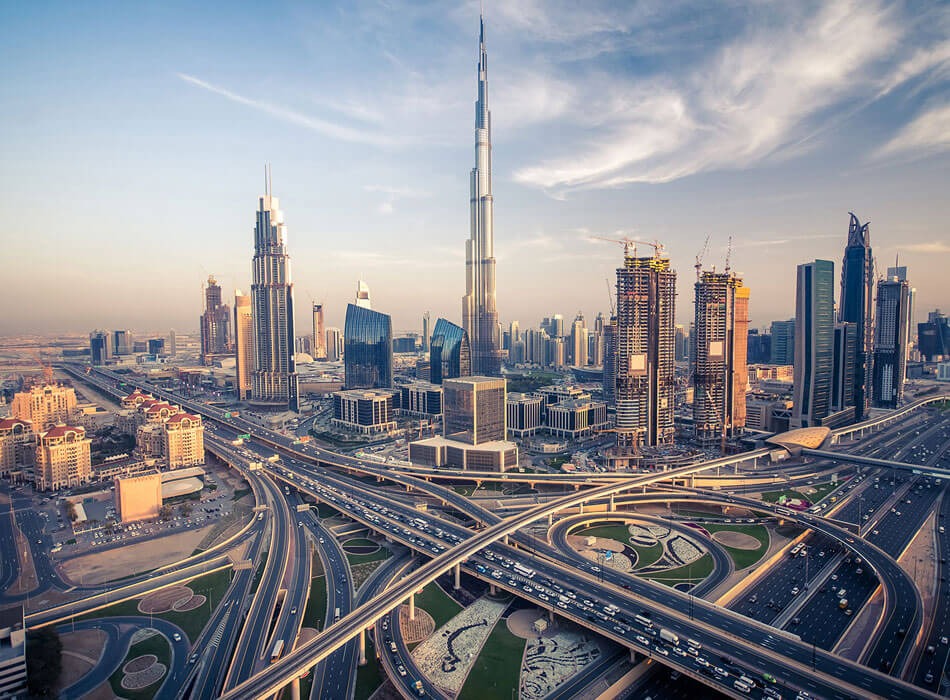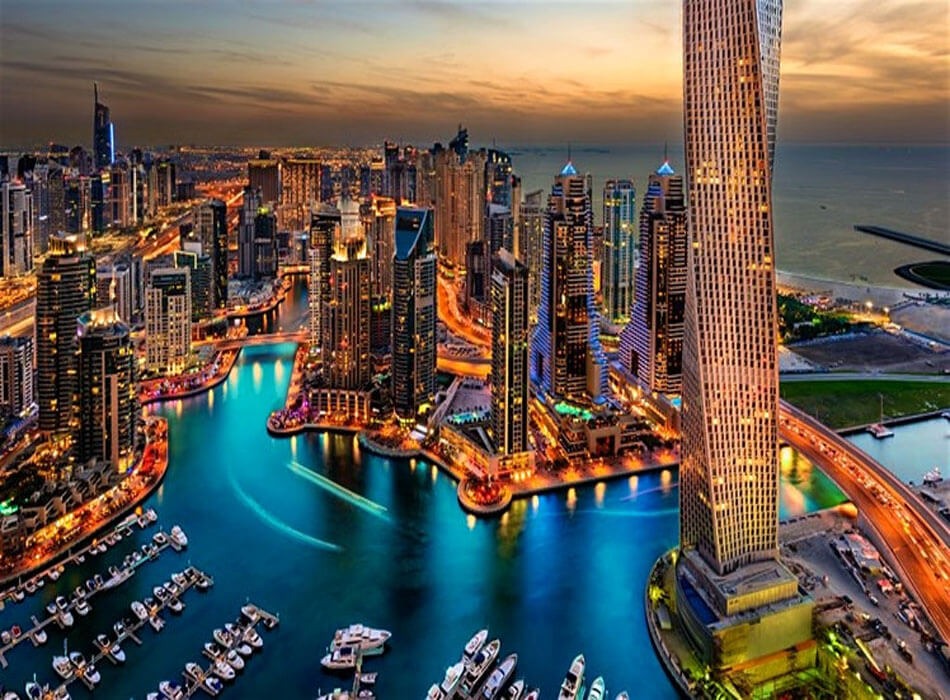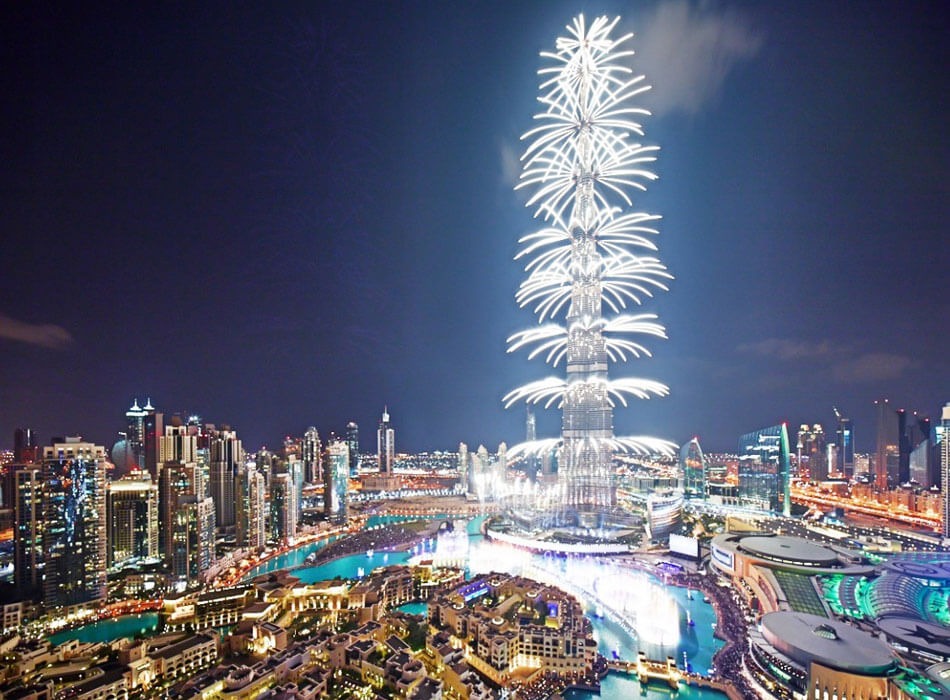About Dubai
Dubai, with a zone of 3,885 square kilometers, is the second greatest emirate in the UAE. Dubai is arranged on the Eastern shore of the Arabian Peninsula, in the south west corner of the Arabian Gulf. It is to an incredible degree definitely comprehended for its warm convenience and rich social inheritance, and the Emirati people are welcoming and liberal in their approach to manage visitors. With year-round sunshine, enchanting deserts, great shorelines, indulgent motels and strip malls, charming inheritance attractions and a prospering business gathering, Dubai gets countless and business visitors consistently from around the world. The adjacent cash is the dirham, which is pegged at AED 3.67 to 1 US dollar. Dubai is tolerant and cosmopolitan and all visitors are welcome. Regardless, Islam is a way of life in the city, and thusly guests should get a particular level of social and religious affectability for the length of their remain. At the east, an extent of mountains lies close to the Gulf of Oman and structures a spine through the Mussandam Peninsula. The western within the country, its larger part in Abu Dhabi, contains fundamentally of sell out blended with desert spring.
ECONOMY
Dubai has changed definitely completed the latest three decades, transforming into a significant business center with a more interesting and widened economy. Dubai acknowledges a key region and fills in as the best re-exchanging center in the Middle East.
Its low vital and operational costs and dumbfounding system, overall perspective and liberal government approaches are pulling in money related masters bigly. Activities, for instance, trade, transport, tourism, industry and back have demonstrated persisting advancement and helped the economy to achieve an abnormal state of augmentation and expanding.
Culture and Heritage:
Consideration and warmth are among the most astoundingly prized of excellencies in the Arab world, and visitors will be captivated by the shine and neighborliness of the all inclusive community. Dubai 's culture is built up in Islam, giving a quality and inspiration that contacts all parts of standard day by day presence. In every way that really matters every region has its own specific mosque, where the immovable accumulate for supplication five times every day. One of the greatest and most incredible mosques is Jumeirah Mosque-a fabulous instance of present day Islamic plan.
Nearby laws and behavior
Islam is a fundamental piece of UAE step by step life, even in Westernized Dubai. Emiratis hold quick to Islamic arrangements of acknowledged principles, following the Five Pillars of Islam (ie, reporting there is no God anyway Allah, asking five times every day, providing for altruism, fasting, and making the trip to Mecca at any rate one of a kind).
Dress humbly: women should wear skirts to the knees or more, complete with sleeves, and nothing too tight or revealing; men should wear pants/jeans and complete with sleeves. /p>
Make an effort not to demonstrate kinship with the opposite sex out in the open, especially in the midst of Ramadan when it's forbidden (close by eating and drinking visible to everyone in the midst of light hours); and don't share a hotel remain with some individual of the opposite sex you're not married to, except if it's a parent or adolescent. Both can arrive you in jail.
It is illicit to drink out in the open, or to be intoxicated without trying to hide; so reliably take a taxi direct to the cabin in the wake of clubbing or drinking at a bar. Alcohol is available in hotel and club diners and bars; diners outside lodgings are not allowed to serve blended refreshments. Never shake hands with an Emirati woman except if she offers her hand in the first place, and don't photograph women without approval.
The finish of the week in Dubai/UAE is Friday and Saturday. By far most have Friday (appeal to day) off, which feels like Sunday in the UK, while a couple of individuals work a half or whole day on Saturday. Opening "timings" are always settled to business passages/windows. Stores, for instance, Carrefour and Spinneys tend to open 8am-10pm step by step, notwithstanding the way that conditions can change between branches, while strip malls open 10am-10pm consistently. More diminutive rustic strip malls, free shops and souq backs off close from around 1pm to 4pm/5pm and don't open until 4pm/5pm on Fridays (day of adoration).
Atmosphere
Dubai is hot and sweltering most by far of the year. Best time to visit is November-March, when temperatures are immediate – anyway in the past couple of years, January, once considered the perfect month to visit, has been shady and stormy.
On the off chance that you're setting over here toward sun, sea and sand, spring and fall are immaculate, when you can bronze your body by day and chill off after diminish observable all around formed diners, bars and strip malls.
Top Attraction in Dubai:-
Spellbinding Contrasts
From the ageless peacefulness of the abandon to the energetic clamor of the souk, Dubai offers a kaleidoscope of attractions for guests.
The emirate grasps a wide assortment of landscape in a little territory. In a solitary day, the traveler can encounter everything from rough mountains and sensational sand rises to sandy shorelines and lavish green parks, from dusty towns to extravagant private regions and from old houses with twist towers to ultra-current shopping centers.
The emirate is both a dynamic global business focus and a laid-back visitor get away from; a city where the complexity of the 21st century strolls as an inseparable unit with the effortlessness of a former period. Yet, these complexities give Dubai its remarkable flavor and identity; a cosmopolitan culture with a universal way of life, yet with a culture profoundly established in the Islamic customs of Arabia.
Dubai City
Having extended along the two banks of the Creek, Dubai's focal business locale is partitioned into two sections — Deira on the northern side and Bur Dubai toward the south — associated by a passage and two extensions. Every ha its offer of fine mosques and occupied souks, of open structures, shopping centers, lodgings, office towers, banks, healing facilities, schools, condos and manors.
Outside this center, the city stretches out to the neighboring emirate of Sharjah toward the north, while expanding south and west in a long lace of improvement close by the Gulf, through the areas of Satwa, Jumeirah and Umm Suqeim to new Dubai.
The Creek
The Creek, a characteristic ocean water delta which slices through the focal point of the city, is the noteworthy point of convergence of life in Dubai. A walk around its banks brings out the city's hundreds of years old exchanging conventions.
Guests will be enthralled by the shading and clamor of the stacking and emptying of dhows which still employ old exchange courses to places as far off as India and East Africa. An appealing method to see the Creek and the dhows is from an abra, one of the little water taxis which jumble the Creek from the souks of Deira to those on the Bur Dubai side.
Boatmen will likewise take guests on an entrancing hour-long excursion from the abra embarkation focuses to the mouth of the Creek and inland to the Maktoum Bridge, passing in transit a significant number of the city's noteworthy and present day points of interest.
Archeological Sites
There are three primary unearthing locales in Dubai, at Al Ghusais, Al Sufooh and Jumeirah. The initial two are memorial parks going back over 2,000 years. The Jumeirah site uncovers ancient rarities from the seventh to fifteenth hundreds of years. Despite the fact that not yet open to the general population, voyagers or visit administrators may get an allow from Dubai Museum to visit the burrows.
Bastakiya
The old Bastakiya locale with its limited paths and tall breeze towers gives a tempting look at old Dubai. Quickly toward the east of Al Fahidi Fort is the biggest centralization of customary yard houses with wind towers. Before, the city was renowned for a mass of wind towers which lined the Creek on either side. These were not simply enlivening; they were the main methods for cooling houses in the prior days mains power. The Bastakiya region has turned into a little 'visitor town' with a historical center, a social focus, eateries and a craftsmanship exhibition.
Sheik Saeed's House
Dating from the late 1800s, Sheik Saeed's House was worked in an instructing position close to the ocean so the Ruler could watch shipping action from its galleries. With its breeze towers and layers of rooms worked around a focal yard, it is a fine case of territorial design.
Jumeirah Mosque
The city has numerous fine mosques. One of the biggest and most lovely — Jumeirah Mosque — is a fabulous case of present day Islamic design. Worked of stone in medieval Fatimid custom, the mosque with its twin minarets and lofty vault is a city point of interest. It is especially alluring during the evening when unpretentious lighting tosses its imaginativeness into alleviation. The expound Jumeirah Mosque is Dubai's most respected mosque all things considered and one of Dubai's most captured sights.
Amazing Mosque
Arranged on the Bur Dubai side of the Creek close to the Ruler's Court, Grand Mosque was re-worked in 1998 and now has, at 70 meters, the city's tallest minaret. It has 45 little arches notwithstanding nine substantial ones gloating recolored glass boards, making it a recognized point of interest and imperative place of love.
Burj Nahar
Worked around 1870 the Nahar tower was one in line of resistances toward the east and north of the city. One of three watchtowers guarding the old city, the reestablished Burj Nahar in its beautiful gardens in Deira is mainstream with picture takers.
Snare Al Wakeel
Worked in 1934 by the late Sheik Rashid, Bait Al Wakeel was Dubai's first office building. At the edge of the Creek close to the abra finding, the building has been totally reestablished and now houses an exhibition hall gave to Dubai's angling and oceanic conventions.
Best Time to Visit Dubai:
The best time to visit Dubai is during the winter months, from November to April. January and February see heavy tourist traffic because of the Dubai Shopping Festival, which makes the city come alive. Here’s a monthly breakup of Dubai’s climatic conditions so you can plan when to go:
November to March : Dubai winters are from November to April and this is the best time to visit Dubai. The weather is pleasant and suited for all kinds of outdoor activities. What’s more, the much loved Dubai Shopping Festival is held during Jaunary-February and that is when you will see Dubai actually crowded. Since this is the peak season, hotel rates and airfares tend to go really high. Book well in advance to get the best rates possible and avoid any inconvenience.
April to October : The temperatures begin to rise by April and May and during peak summers, even start hitting the late forties. Summer months in Dubai are really, really hot and humid, making it almost impossible to explore the outdoors. However, all malls/stores are air-conditioned and you can indulge in as much retail therapy as you would like.

